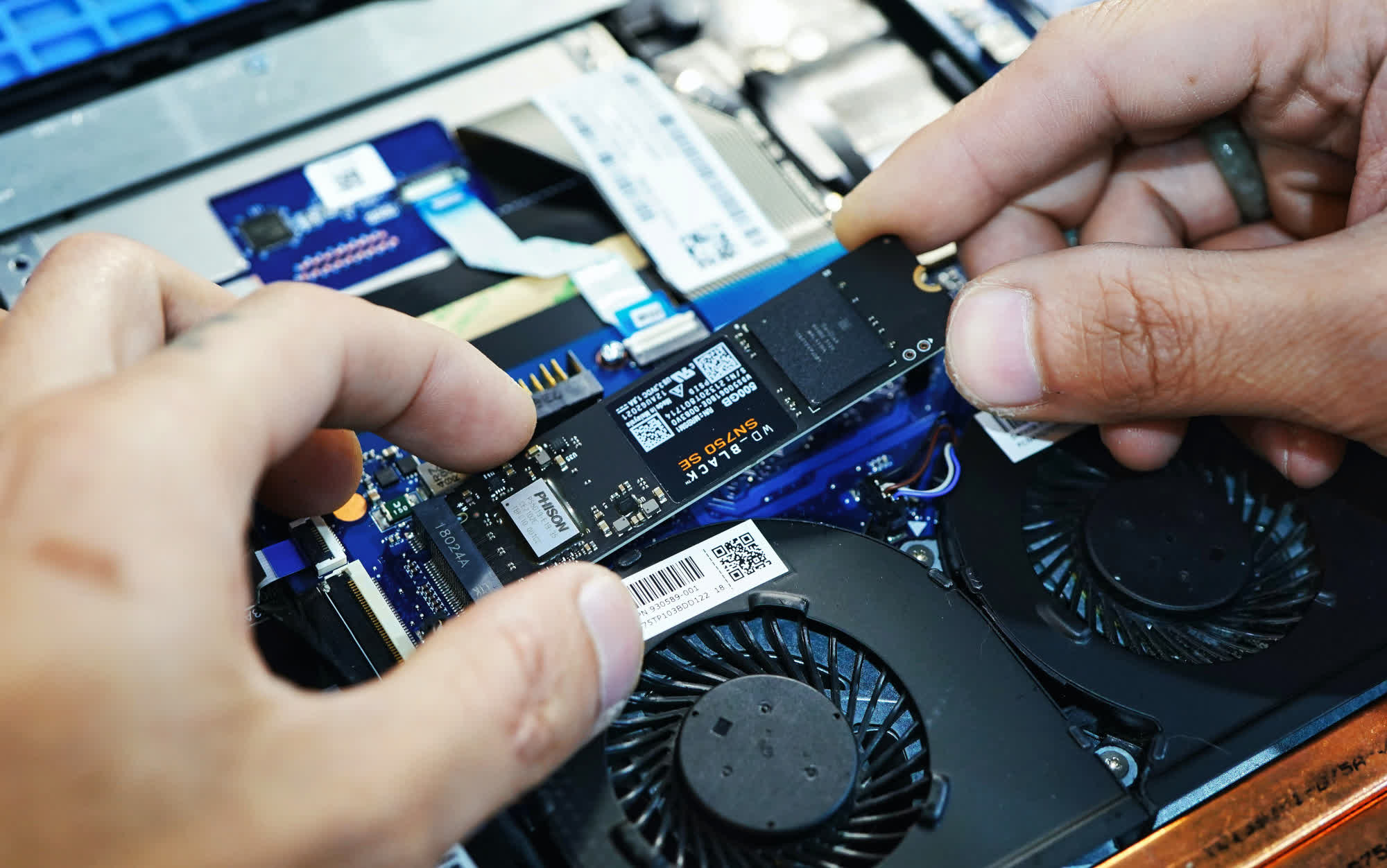The big picture: NAND flash prices are expected to increase by as much as 50 percent in the short term, which will eventually result in more expensive solid-state drives. If you’re on the fence about a new SSD, now is the time to jump for the best price.
According to market research firm TrendForce, NAND flash prices will need to increase by more than 40 percent before manufacturers can even reach a break-even point. To become profitable, prices will need to go up at least 50 percent or more.
Manufacturers have been addressing the issue for months now. Back in September, Samsung started dialing back DRAM and NAND chip production by half to help stabilize prices and clear out buyer inventory. The move also allowed the South Korean tech giant to focus more on products with stacked layers up to 128 layers.
With fewer chips rolling off assembly lines, companies can start to work on pricing them higher. It’s all about supply and demand.
Also read: How to Choose an SSD on a Flash Sale

In the most recent full quarter, Samsung captured 31.4 percent of the global NAND flash market followed by SK Group with a 20.2 percent slice of the pie. Western Digital wasn’t far behind at 16.9 percent, with Kioxia trailing at 14.5 percent, and Micron at 12.5 percent.
Revenue collectively grew 2.9 percent in the third quarter, and is expected to soar over 20 percent in Q4, TrendForce said.
Don’t be surprised to see the price of NAND flash start ramping up sooner rather than later, and trickle down solid-state drives. For example, it’s still possible to pick up a quality 1 TB M.2 2280 SSD for around $80 but that’s about $25 more than it was just a few weeks ago.
That said, if you are in need for some speedy solid-state storage, time is money. It’s highly unlikely that we will see prices this low again anytime soon. I recently scooped up a 2 TB Kingston drive for my new build and am eyeballing a second 2 TB M.2 for storage purposes.
Image credit: Phiraphon Srithakae

